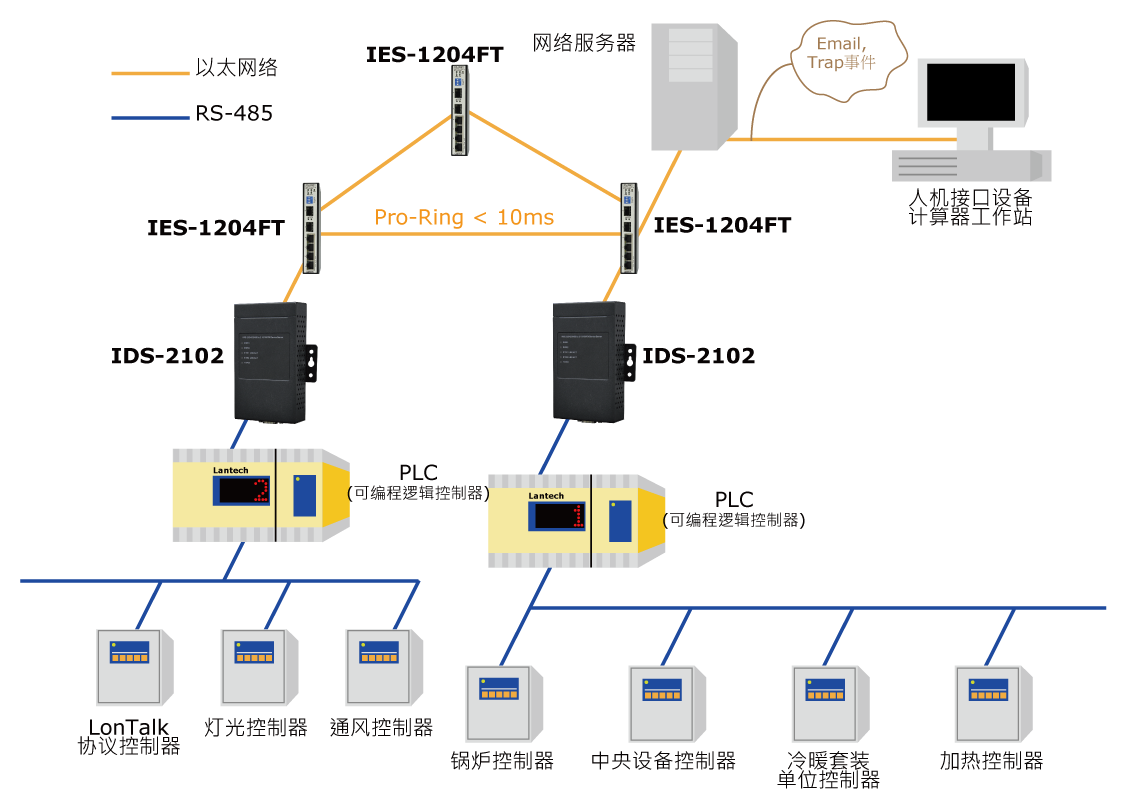Building Management Systems (BMS)
 Most modern buildings today have some sort of Heating and Ventilation system which may also include Air Conditioning (abbreviated to HVAC). In general, BMS is the term used to describe the system which controls the performance of the HVAC system. Historically, building owners in the market for a new BMS system have been forced to choose between one of several proprietary equipment manufacturers. Upon the purchase of a proprietary system the building owner is locked in to one product for a considerable amount of time or has to change the whole system which is costly in terms of time and money. Most modern buildings today have some sort of Heating and Ventilation system which may also include Air Conditioning (abbreviated to HVAC). In general, BMS is the term used to describe the system which controls the performance of the HVAC system. Historically, building owners in the market for a new BMS system have been forced to choose between one of several proprietary equipment manufacturers. Upon the purchase of a proprietary system the building owner is locked in to one product for a considerable amount of time or has to change the whole system which is costly in terms of time and money.
As in many other markets there has been commercial pressure on Vendors from Users to offer interoperability between different Vendor’s equipment to increase the choice, competition and to drive innovation in the BMS market. Key to this interoperability is the use of open standards and in particular the Communication protocols used between devices in the BMS system. Over the last few years there has been a move away from Manufacturers proprietary communication protocols towards more open protocols such as TCP/IP and BACnet?/IP. The use of TCP/IP for BMS System communications has brought about increased choice in selecting products from different Vendors in the same BMS system and reducing the associated cabling and network hardware costs.
For any Building network it is important to use switches with an appropriate technical specification to ensure high level network reliability and to meet necessary installation requirements. Normally BMS equipment is fitted in compact wall mounted Control cabinets that are distributed around the building, with most devices being DIN Rail mounted and typically requiring a low voltage power feed of 24VAC or 24VDC (varies by Country).For cable runs which exceed the 100 metre limitation of Cat5e or for links between different buildings, a fiber optic link is the ideal solution.

For small installations of a few nodes, a network comprising Unmanaged Industrial grade switches is normally implemented. For larger installations (typically over 10 nodes or with fiber cable runs) it is advisable to use Managed Industrial grade switches which have the added features of Network Diagnostics and Network Management capability. These features are particular useful when installing large amounts of cabling and commissioning the BMS system.
For more critical applications such as Data Centres or large multi-storey Buildings, it is recommended that Managed Industrial grade switches been used which have a redundant ring capability to enable a fault-tolerant resilient network topology. It is also recommended that Network Management software to be used to monitor the network and that this is incorporated into the BMS system.
|